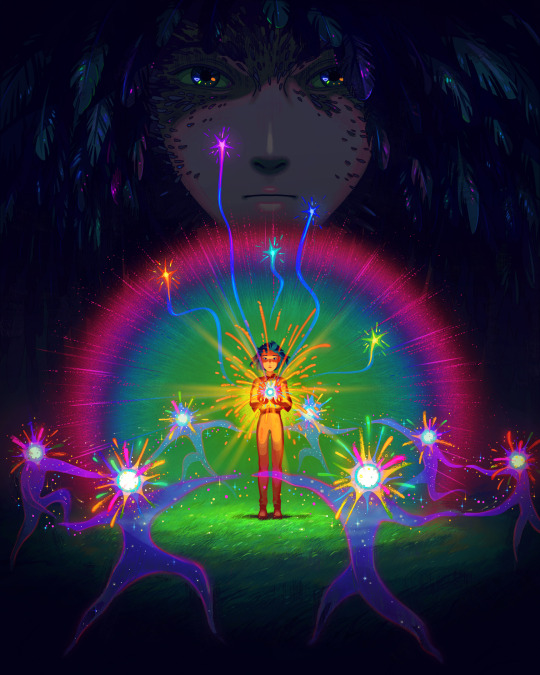Text
Howl truly is the man of all time. He’s a playboy. He’s a malewife. He fell in love with a ninety year old woman. He’s a rugby player. He smells like hyacinths. He’s not a natural blond. When dying his hair went slightly wrong, he filled his home with slime. He has a PhD. He’s a wizard. He found a way to another universe and he told absolutely nobody about it. He makes video games about the magical universe for his nephews. He can’t play the guitar. He always takes a guitar with him when he’s trying to seduce a woman. He’s a self-proclaimed coward. He got drunk to trick himself into doing something dangerous. He overcharges for his services to rich people. He undercharges for his services to poor people. A woman invaded his home and declared herself his cleaning lady and he just let her stay. He loves spiders. He lies about his surname to everyone, including royalty. The true spelling of his first name is Howell, but we don’t find out until halfway through the book because the POV character thinks it’s spelled Howl. He’s even Welsh.
49K notes
·
View notes
Text
i can vo, i can only badly dance, and if I could cha cha we'd all be dead.
Welcome to Hell! enjoy the complimentary glitter!
#alice.txt#chelsea.txt#im both chelsea and alice#not split personality#one is my work name and the other is my real one lol
0 notes
Text

We’re feeling warm just by looking at this image of the Milky Way galaxy’s center.
By combining data from the Hubble and Spitzer space telescopes in this 2009 image, astronomers uncovered new details in infrared light about our galaxy’s center.
Scientists originally believed that the galactic center’s massive star population was concentrated in one of its three star clusters: the Central, Arches, and Quintuplet clusters. However, Hubble data revealed that massive stars are located throughout the region.
Studying our own galaxy can inform scientists about how stars form and their influence on their surrounding environment.
Credit: Hubble image: NASA, ESA, Q.D. Wang (University of Massachusetts, Amherst); Spitzer image: NASA, Jet Propulsion Laboratory, S. Stolovy (Spitzer Science Center/Caltech).
ALT TEXT: Several shades of red are dispersed unevenly across the image, resembling glowing embers of a fire. Small thin patches of black reveal dense, dusty regions. Some areas—such as toward the left—have a fluffy-like texture, while others—like to the right—seem smooth by comparison. On the upper left are several light orange arched filaments with a star cluster, seen as a tight collection of dots, below. On the bottom left is another light orange curved feature that has a series of finger-like protrusions at its edge. This feature curves around another star cluster and a single star surrounded by a circular nebula. In the bottom right is a bright area with a white spiral structure. Scattered across the image are countless stars, seen as bright white dots, with the largest concentration toward the bottom right corner.
64 notes
·
View notes
Text

NGC 3314: When Galaxies Overlap © Hubble
2K notes
·
View notes
Text
I fly and pirouette too close to the sun
1 note
·
View note

